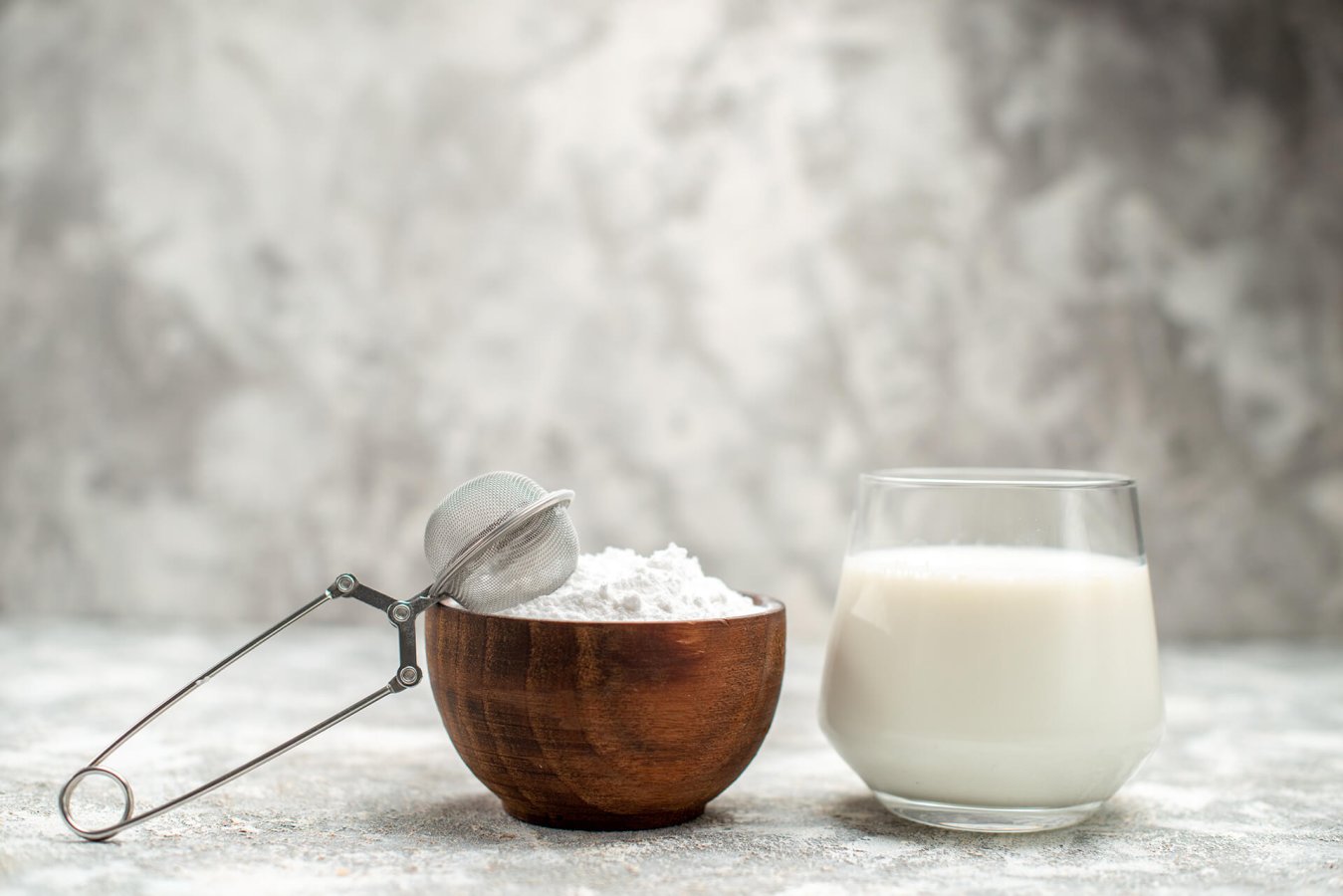Milk Powder
Oily and non-fat milk powder, along with whey powder, are
dairy-based ingredients widely used in the food industry. Each offers different
properties and uses.
Full-Fat Milk Powder
Content: Full-fat milk powder is obtained by removing the water from whole
milk and contains approximately 26-40% milk fat.
Physical Properties: It is in powder form and has a white or creamy appearance.
Due to its fat content, it has a slightly creamy taste.
Nutritional Value: It is rich in fat, protein, lactose, and minerals, making it
an energy-dense component.
Usage: It is commonly used in chocolate, ice cream, bakery products, infant
formulas, and convenience foods, adding richness and consistency.
Advantages: It has a long shelf life and can replace whole milk. Its creamy
texture adds flavor and richness to many foods.
Skimmed Milk Powder
Content: Skimmed milk powder is derived from milk with less than 1.5% fat
content, meaning almost all the milk fat has been removed.
Physical Properties: It is in powdered form, appearing white or slightly yellowish.
It has a lighter taste due to the lack of fat.
Nutritional Value: It is rich in protein, lactose, calcium, and other minerals,
with very low fat content.
Usage: It is used in products like yogurt, cheese, baked goods, instant soups,
and infant formulas. It is ideal for products that require a lighter texture
and taste.
Advantages: Its low-fat content gives it a longer shelf life and makes it
suitable for low-fat product production.
Whey Powder
Content: Whey is the liquid separated from milk during cheese production.
The powder obtained by drying this liquid is called whey powder, and it
contains lactose, proteins, vitamins, and minerals.
Physical Properties: It is available in white or yellowish powder form with a
slightly sweet taste.
Types: Whey powder varies based on its processing method:
Sweet Whey Powder: Derived from whey during cheese production using rennet
(cheese enzymes).
Acid Whey Powder: Mainly produced during the production of fresh cheeses like
ricotta, with an acidic nature.
Nutritional Value: It is particularly rich in protein (whey protein) and
lactose, playing an essential role in muscle development and sports nutrition.
Usage: It is used in sports nutrition products, protein powders, dairy
products, baked goods, confectionery, beverages, and sauces, contributing to
the texture and enhancing the nutritional value of foods.
Advantages: Due to its high protein content, it is widely used in sports
nutrition products. Its lactose content also functions as a natural sweetener
in sweet foods.
In summary:
Full-fat milk powder is obtained from whole milk, offering a rich flavor,
while skimmed milk powder is a lighter option with lower fat content and
a longer shelf life.
Whey powder, obtained by drying the liquid separated during cheese
production, is rich in protein and widely used in dairy products, sports
nutrition, and baked goods.

